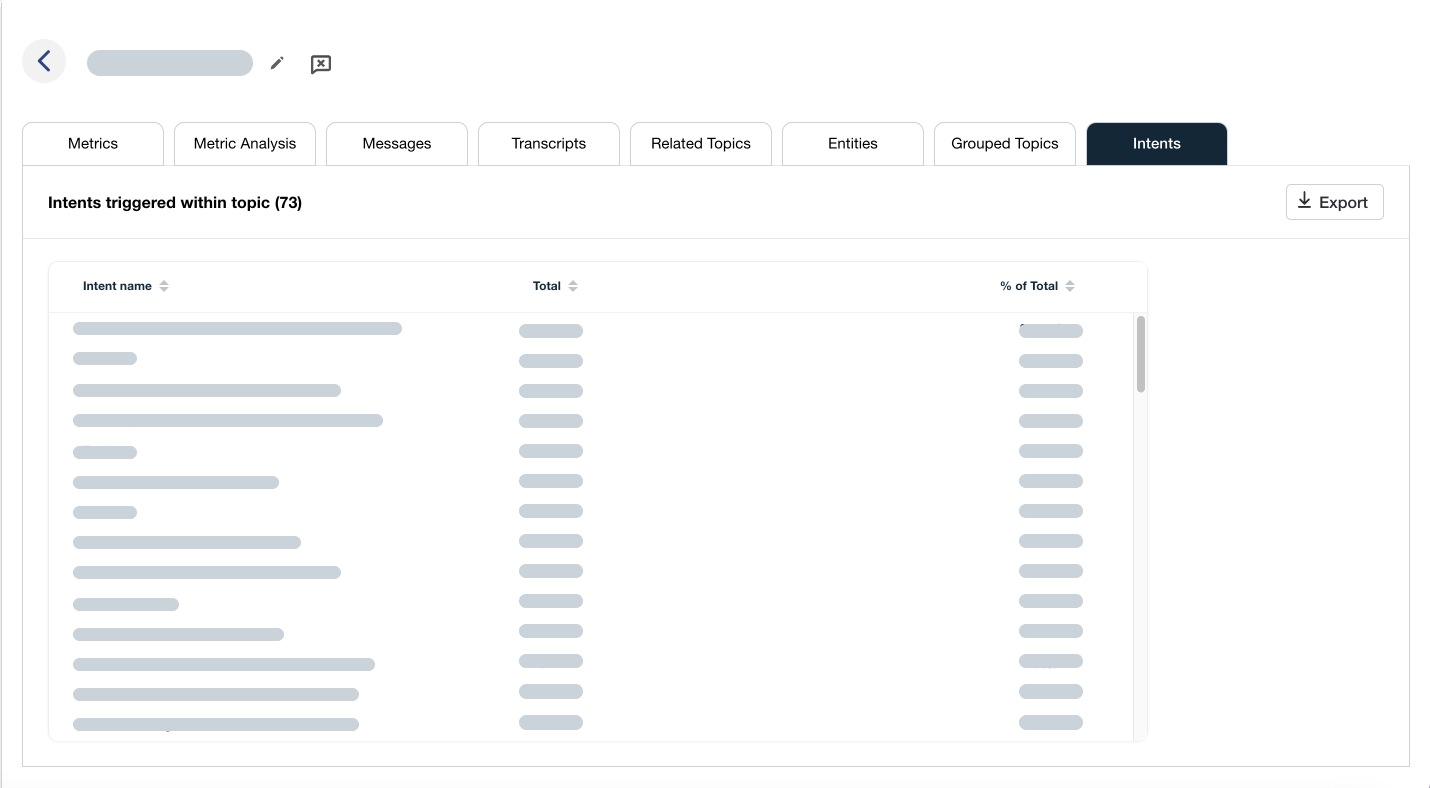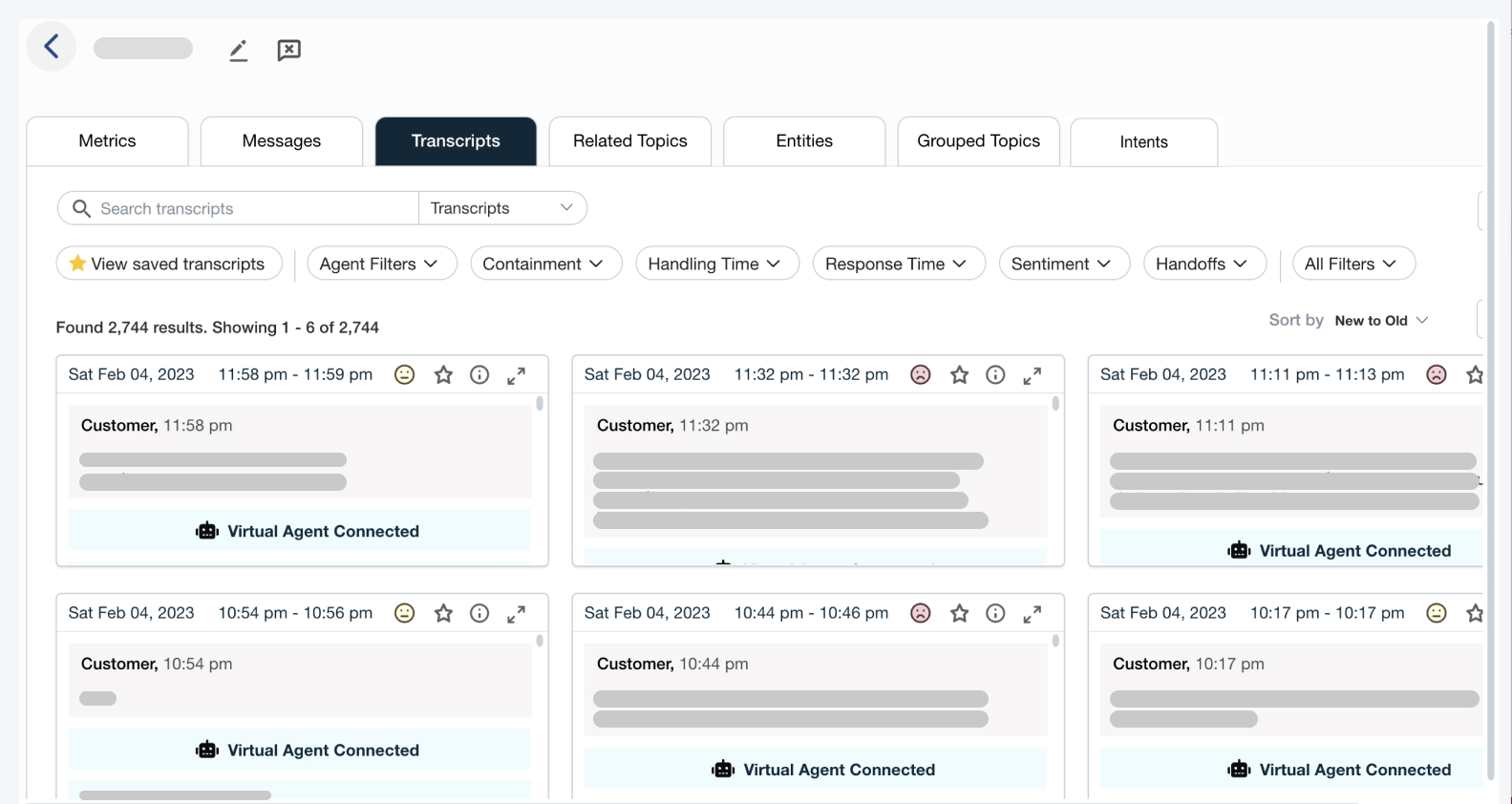This Call is a Gift

Delivering a great customer experience isn’t really an option. It’s something your organization must do if you want to keep your customers satisfied and coming back for more. But organizations really struggle with the idea of encouraging their customers to return, as they are so focused on the cost per transaction.
Most contact centers are designed and the staff trained and motivated to achieve first contact resolution (FCR). While there are positive and negative descriptions for this term, I’ll give a definition that is somewhere in between: the idea of FCR is to get customers/prospects in and out of the contact center as quickly as possible the first time they reach out. If the goal is to fully satisfy the customer/prospect during the first contact by exceeding their expectations for information and service, then FCR is a good goal.
If the objective, however, is just to get the customer in and out of the contact center as quickly as possible, then FCR is far from ideal. It’s all in the interpretation and implementation, which is why there is such a large disparity in the quality of service in so many companies. More importantly, the difference in approaches helps explain why customer service is a major differentiator for companies.
Treasure or Burden?
When people reach out to your contact center or service organization, they are giving your company a gift. Regardless of whether they’re contacting you for good or bad reasons (and regardless of how they communicate it – call, email, chat, social media post), they are investing their valuable time, and (consciously or unconsciously) sharing important information about your products and services.
The question is what you choose to do with this gift. You can view it as a treasure and mine the interaction for the useful information it contains, or treat it as an annoyance. (I challenge every reader to consider how you’ve been treated in your last three interactions with companies – did you feel as if the organization really wanted to hear from you or were they just going through the required steps?)
The Era of Contact Center Analytics
The contact center is the primary customer interaction point for most companies – it should represent the voice of the customer to the enterprise and communicate the company’s appreciation back to customers. Due to its role, the contact center touches and interacts with more customers and prospects than any other department.
Unfortunately, most organizations have a mixed view of FCR and do not yet have tools for mining the highly valuable information contained in customer interactions. If they did have the right tools to capture, structure and analyze the content of customer interactions, they would quickly change their interpretation of FCR and the role of their contact center; they would treat every opportunity given to them by customers and prospects as the gift that it is when they reach out to the organization.
Contact centers that are using the new generation of analytics solutions to identify customer insights and opportunities are transforming the service landscape and positioning companies to do what their customers want – which is to make it easy for them throughout their entire customer journey.









